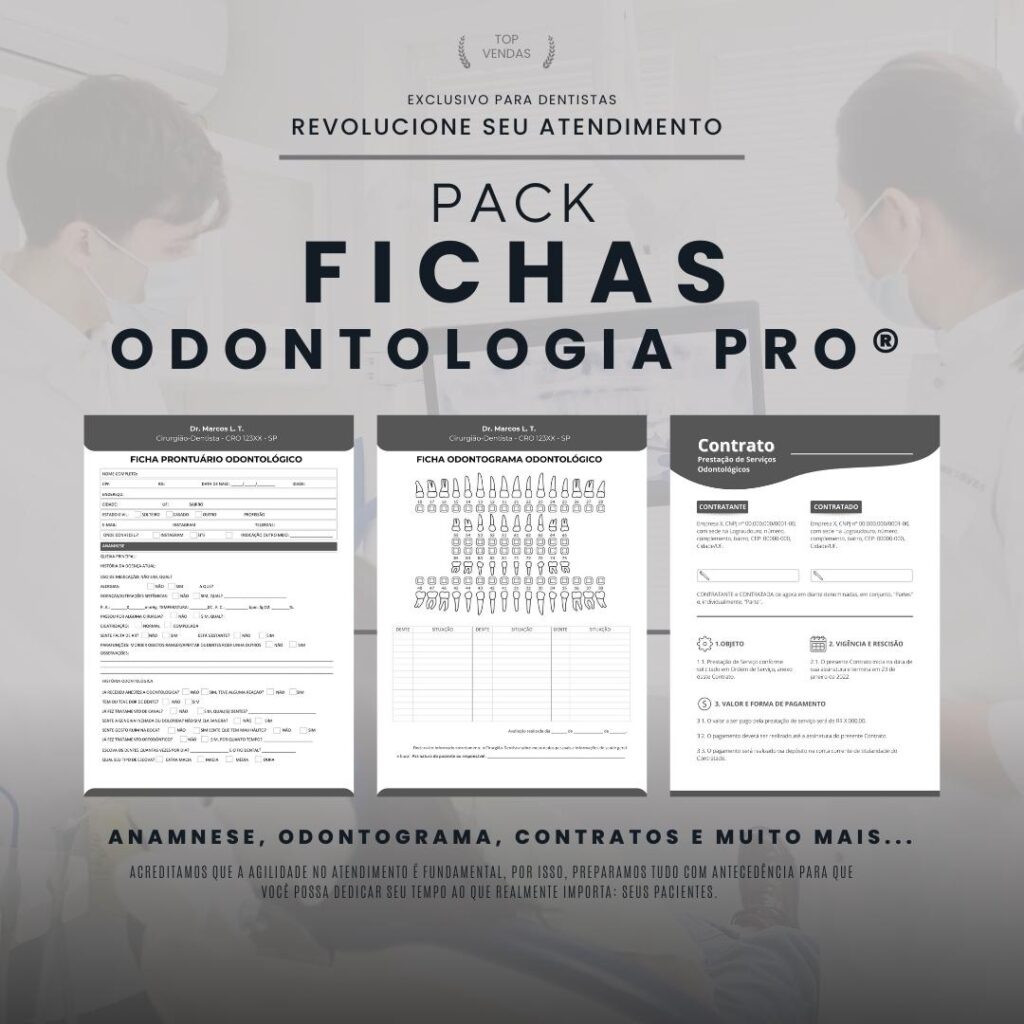Dentistry is a field that is constantly evolving, and one of the current trends is the adoption of digital prescriptions. This technique involves leveraging the power of technology to optimize processes and facilitate the work of professionals.
What is a digital prescription?
A digital prescription is an electronic document that replaces the traditional paper prescription. It is generated using specific software, which allows the dentist to fill in all the necessary information digitally and send it directly to the patient.
With a digital prescription, it is possible to include not only the name of the medication, but also all instructions for use, the recommended dosage, and even attach explanatory images or videos, making it easier for the patient to understand.
What are the advantages of digital prescriptions in dentistry?
Adopting digital prescriptions brings several benefits to dental professionals. Here are some of the advantages:
1. Agility and practicality in the process
With a digital prescription, the dentist can fill out all the information quickly and easily, without the need for handwriting. Furthermore, the document is sent directly to the patient, eliminating the need for printing and delivering paper.
2. Error reduction and readability
One of the common problems with paper prescriptions is the difficulty in interpreting the doctor's handwriting. With the digital version, this problem is eliminated, as the text is printed in a legible, standardized font.
3. Greater security and control
A digital prescription is a document protected by a password or encryption system, ensuring the confidentiality of patient information. Furthermore, the dentist can access the history of previous prescriptions, facilitating the control of medications and treatments performed.
4. Integration with other digital tools
Digital prescriptions can be integrated with other digital tools, such as electronic medical records and management systems. This allows for greater organization and workflow optimization, as well as easier access to patient information.
5. Sustainability and cost reduction
Adopting digital prescriptions helps reduce paper consumption, which directly impacts environmental preservation. Furthermore, it eliminates the need to purchase printers and ink cartridges, generating savings for the practice.
How to implement digital prescription in dentistry?
To implement digital prescriptions in dentistry, you'll need dedicated software. There are several options available on the market, and it's important to research and find the one that best meets your practice's needs.
Furthermore, it's important to inform and guide patients about the use of digital prescriptions. Explaining the benefits of this new format and answering any questions can be crucial for patient adherence and acceptance.
Conclusion
Digital prescriptions are an increasingly popular trend in dentistry, bringing benefits such as agility, security, and convenience to both professionals and patients. Implementing them requires choosing the right software and providing patients with guidance on its use. By adopting this technology, dentists are positioning themselves in a modern way and offering the best care to their patients.






